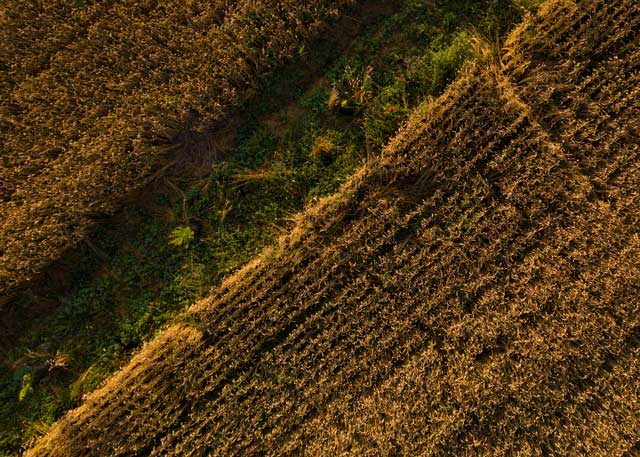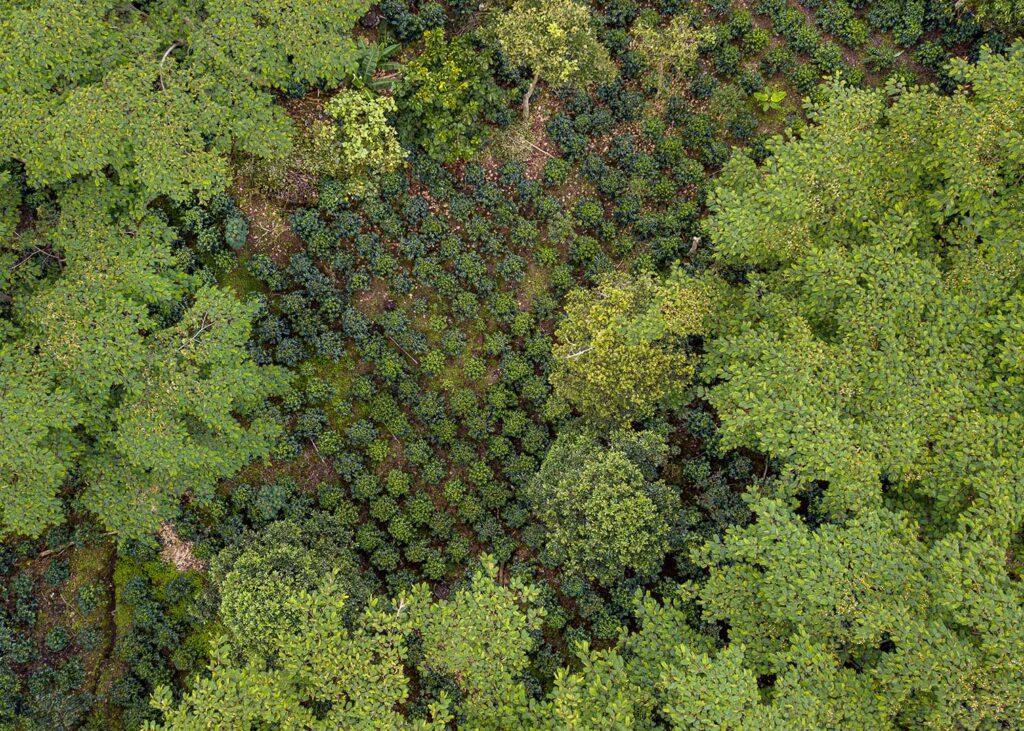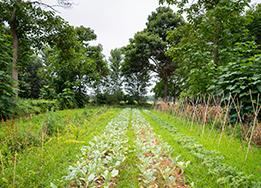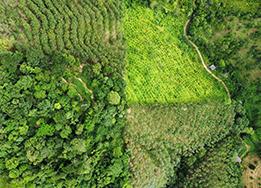What is biodiversity?
The term ‘biodiversity’ (the shortened form of “biological diversity”) refers to every living thing on the planet — including plants, animals, humans, and bacteria.
Scientists have estimated that there are nearly 9 million species of plants and animals in the world. Each of these species and organisms work together in ecosystems to support life and maintain a natural balance.
In other words, biodiversity forms an interconnected network of species that generates many of the environmental benefits and resources that we depend on — food, water, medicine, climate stability, economic activity, and more.
What is happening to biodiversity?
In the near future, more than one million species are being threatened with extinction. Crucial ecosystems like the Amazon rainforest are also being destroyed due to deforestation, displacing key species and releasing large amounts of carbon into the atmosphere.
There are several worrisome statistics that describe the declining state of global biodiversity — and, consequently, the failing health of vital ecosystems:
- 69% decrease in global animal populations since 1970.
- 75% of the earth’s surface has been significantly altered by human actions.
- 85% of wetlands have disappeared, which are biodiversity hotspots.
- 25% of global forests lost in the past 20 years
What can companies do to help?
“What we’d like to see is that we stem biodiversity loss as a first initiative. Then we seek to avoid any further loss of nature, ecosystems, and biodiversity. And then by 2030, we’re finding ourselves on a path as a global community for nature positive.”
—Andrew Nobrega (Director, Innovation & Development, PUR)
By protecting and restoring nature, companies can regenerate biodiversity while limiting the negative effects of climate change.
The first step for companies is to avoid and reduce harm to biodiversity. This involves restricting commodity sourcing to deforestation-free and degradation-free areas, while also investing in conservation activities around the supply chain — which can strengthen the resilience of ecosystems within sourcing regions.
A complete picture of global operations is also essential to implement effective nature-positive activities. This is why companies should prioritize direct traceability of supply chains — enabling them to accurately evaluate their impacts on ecosystem degradation and restoration over time.
Finally, companies who set concrete targets for reducing carbon emissions via nature-positive actions will have the strongest impact on biodiversity. By committing to Science Based Targets (SBTs) and Net Zero initiatives, companies are required to adopt zero-deforestation practices and address their emissions. Notably, their actions must also be traced directly to farms within the company’s supply chain.
What biodiversity solutions are we excited about?
“Whenever you are seeking to address implementations, you should be looking at on-parcel, surrounding parcels, and the landscape level — if you are truly aiming to target benefits for nature, biodiversity, and ecosystem services.”
—Andrew Nobrega (Director, Innovation & Development, PUR)
PUR is working closely with major companies on effective nature-based solutions that support the recovery of global biodiversity. In this article, we feature a few examples of how we are implementing targeted projects to restore ecosystems across agricultural landscapes.
Biodiversity Research and Coffee Agroforestry in Colombia:
Within the coffee supply chain in Colombia, PUR has been working with Nespresso implementing agroforestry projects since 2014. Now, we’re seeing the positive impact of planting trees in deforested areas, which is helping to restore biodiversity across landscapes that were degraded by agricultural expansion.
PUR is also excited by the potential of new biodiversity studies with local partners in Colombia. We are beginning to establish a research baseline by counting birds, pollinators, and insect populations, and observing which tree species are most attractive to them. By tracking key species over many years, we will generate data to determine best practices for agroforestry — adapting our models to maximize the benefits to biodiversity across coffee landscapes.
Soil Biodiversity in Regenerative Agriculture:
Ecosystems cannot thrive without healthy soils, which host over 25% of the world’s biological diversity. That’s why we need more nature-positive interventions that support vital soil organisms, including earthworms and beneficial bacteria.
To support soil biodiversity, PUR is working with wool farmers in Australia on regenerative agriculture practices. Guided by remote sensing technology, our experts enable farmers to implement data-driven rotational grazing and pasture management on sheep farms. This technology also helps our technicians to identify the best sites for testing “Soil Organic Carbon,” a food source for soil organisms that supports their growth and activity.
What is the future of biodiversity?
New implementation frameworks are rapidly emerging to target biodiversity loss, addressing the urgency for companies to act. PUR is an active participant in developing and testing these methodologies, as an industry leader in nature-based solutions and insetting.
To learn more about the future of biodiversity, watch the webinar hosted by industry expert Andrew Nobrega (Global Director, Innovation & Development, PUR) — which provides insights on the most up-to-date protocols for companies to maximize their impact on biodiversity through nature-positive development.



